- Camel Pose
- Bridge Pose
- Fish Pose
- Bow Pose
- Cobra Pose
- Triangle Pose
- Corpse Pose
- Heart opening yoga poses benefits
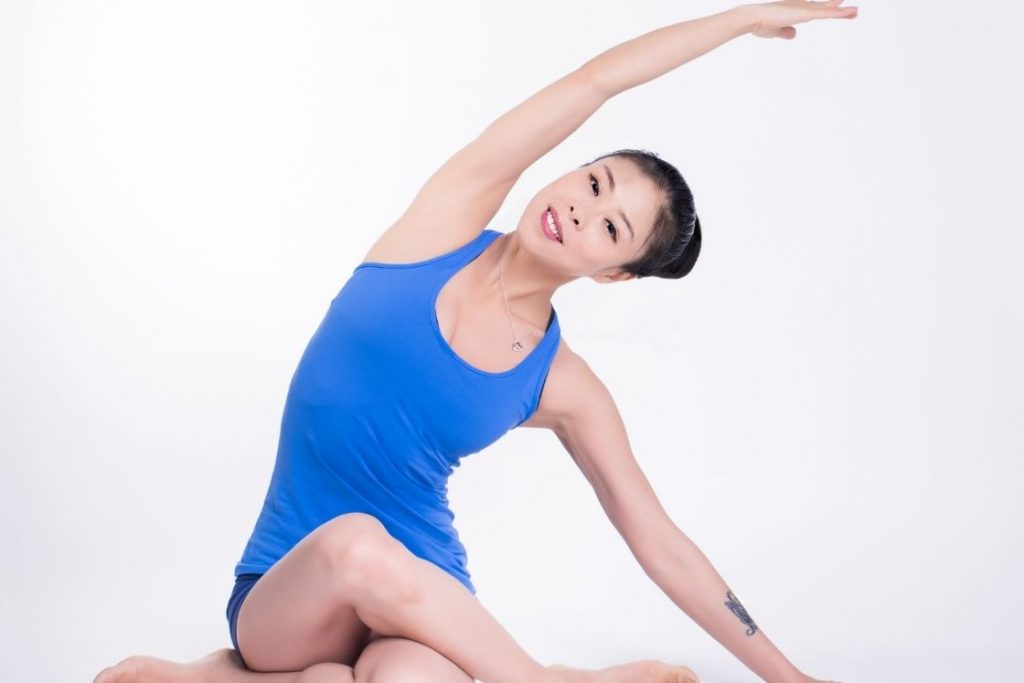
To all the desk job workers out there, have you ever done a deep backbend or stretch after sitting hunched in front of the screen for an extended period and experienced the heavenly relief from the tension in your chest and spine?
If so, that is what most heart-opening yoga poses also do.
Heart-opening yoga poses, also called chest openers, provide relief to your spine, back and chest muscles from tension and stress accumulated in the upper body. Spiritually, such poses also make you loving and kind by opening your heart to the outside world.
When your heart is open, you can let go of all the negative emotions and energy stored within this area and be open to receiving love and compassion.
These poses also stimulate the heart chakra also known as Anahata.
Why heart opening poses are so important?
Many heart-opening poses are seated and back-bending poses. This means that in addition to your chest area, you are also working on other body parts. Such poses stretch the upper abdomen, expand the rib cage to better accommodate the expansion and contraction of lungs, stretch your shoulder blades, and aid in spine extension.
People suffering from breathing or lung issues benefit from these poses as it increases lung capacity. The backbends ensure that the muscles of the shoulders and back have been adequately stretched. Whereas spinal decompression is a result of lengthening of the torso.
Your cardiovascular system also gets strengthened as a result of the above factors.
Additionally, the stimulation of the heart chakra ensures that you are ready to accept love, compassion, gratitude, and build healthy relationships with the people around you. You also get the courage to let go of emotional blockages, stress, fear, insecurity, and lack of trust towards yourself and other people.
Due to this stimulation, the heart-opening poses result in being therapeutic and healing.
7 Heart Opening Yoga Poses
These heart-opening poses can be also be performed with props to make them restorative. If you’re a beginner, props such as yoga blocks, bolsters, or straps will work as support and strengthen your muscles.
1. Camel Pose (Ustrasana)
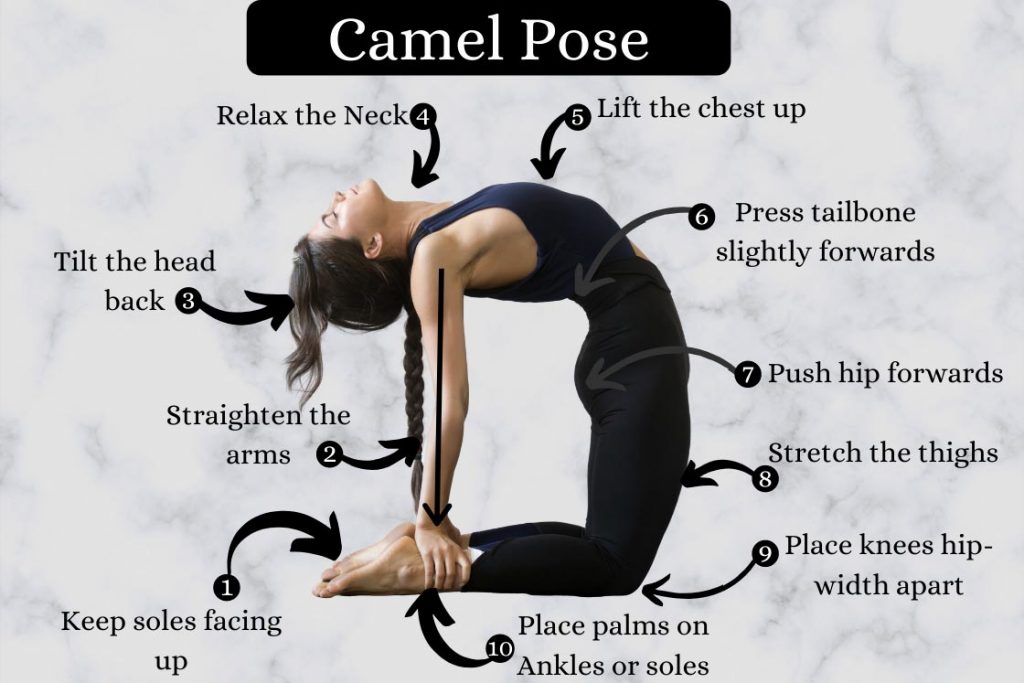
The camel pose is well known to improve posture and relieve back pain. It is extremely beneficial for people who stay hunched over their desks on their laptops for long durations. It also stretches your abdomen, chest, shoulders, front of your hips, and quadriceps.
Your buttocks, hamstrings, and back muscles also get strengthened and stretched adequately.
In this pose, you need to make sure that you do not suddenly flop back and let your lower back take all the brunt.
How to Do:
- You can start by sitting in a thunderbolt pose (Vajrasana).
- Now stand on your knees and spread your legs hip-width apart. Make sure your hips are in line with the knees and the lower legs are firmly grounded.
- Place your hands on the back of your hips with fingers pointed down, draw back your shoulder blades, and lift your chest. Tilt your head back so that you do not strain your spine.
- With your core engaged, chest raised and spine lengthened, start tilting backward. Slide your arms simultaneously. Keep tilting till the time you are able to hold your ankles.
- If your spine or back do not have enough flexibility, you can rest your hands on blocks that will be placed beside your feet.
- Stay in this pose for at least 10-15 seconds or up to 1 minute.
2. Bridge Pose (Setu Bandha Sarvangasana)
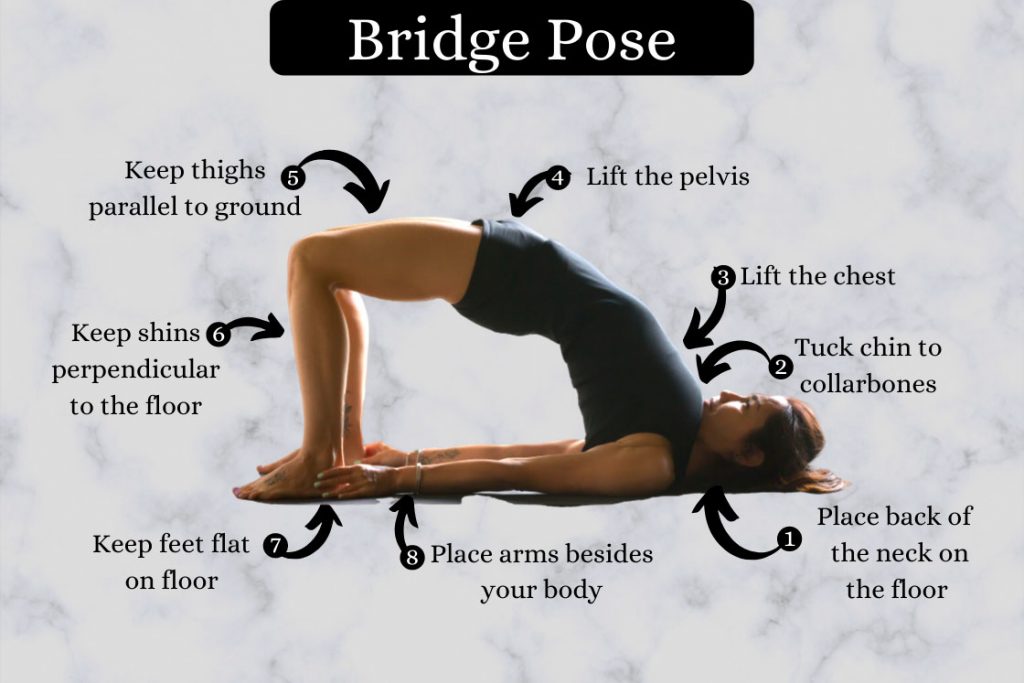
The bridge pose helps relieve back pain and lengthens your spine. It helps open the chest and promotes better breathing. Your core muscles, back hip, hamstrings, quads get a good stretch along with your lower back.
How to Do:
- Lie down on your mat with your legs bent at the knees. Spread them hip-width apart and press your soles firmly on the mat.
- Your lower legs should be parallel to each other with your knees in line with your ankles.
- Place your arms beside you, palms facing down. Stretch your fingers so that they slightly touch your heels, however, do not overdo it. If you cannot touch your heels there is no harm.
- Engage your core and soles of the feet to lift your hips off the mat. Also, use the support of your arms here.
- At this juncture, you can place a yoga block or cushion under the sacrum to support your lower back and hips.
- Keep pressing down your soles and lift your thighs, hips, lower back, and upper back. At this stage, your shoulder blades and head should be on the mat.
- Hold this position for at least 15 seconds or as long as you can.
3. Fish Pose (Matsyasana)
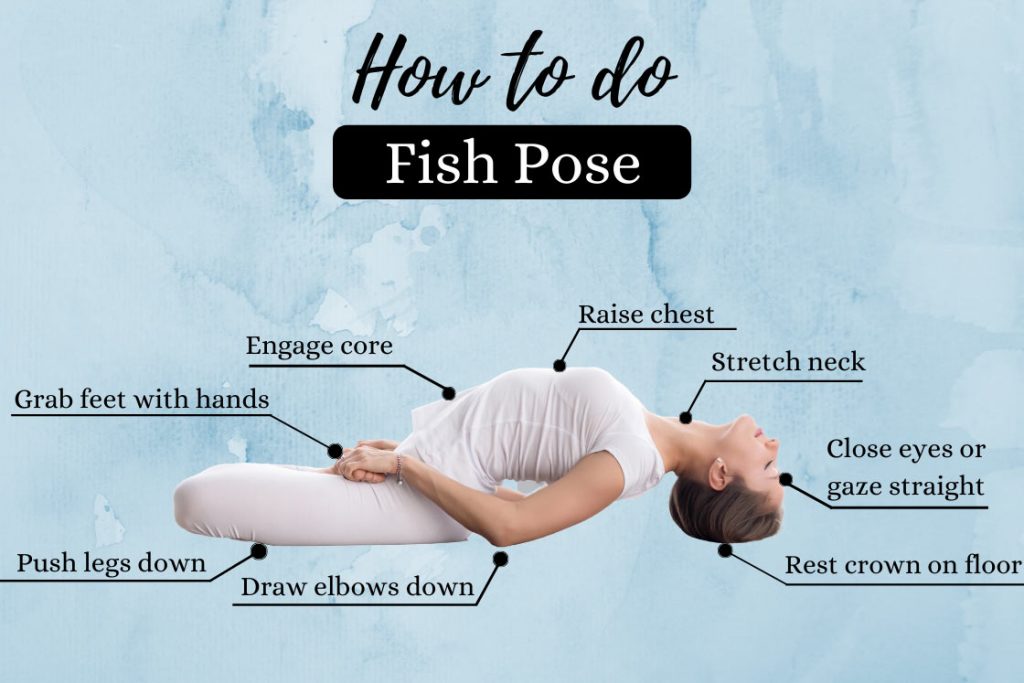
The fish pose aids in opening the lungs and promotes better breathing by stretching and opening the chest. It is helpful in stimulating the abdominal muscles, relieving you of constipation, and improving your digestion. Additionally, it opens your entire frontal body such as throat, hips, abdomen, chest, and improves flexibility of the spine.
How to Do:
- Lie down on your back with your legs stretched out and arms placed beside you, palms down.
- Put weight on your forearms and elbows, lift your chest, and create an arch under your upper back. Your shoulder blades, back of the neck, and upper torso will also be lifted simultaneously.
- Tilt your head so that the crown of your head is touching the mat. However, if your muscles are tight, you can place a rolled blanket under the back of your neck.
- Stretch your heels outwards and your thighs firmly on the mat for maximum support.
- Hold this pose for 10-15 seconds or for as long as you feel comfortable.
4. Bow Pose (Dhanurasana)
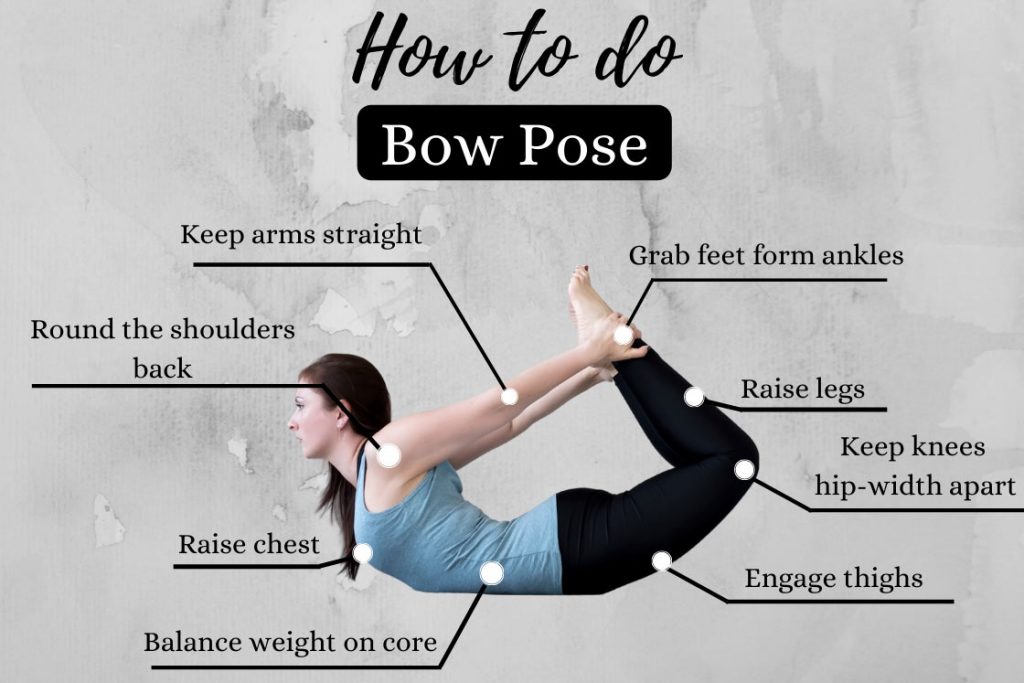
The bow pose is yet another great back bending and chest opener. This pose also comes in the list of those poses that will help in correcting your posture by stretching your chest and back. It also improves flexibility and opens up the shoulder, abdomen, and neck.
How to Do:
- Lie on your stomach with your chin placed on the mat and arms by your side.
- Spread your legs hip-width apart and bend your knees to bring your heels as close to the buttocks as possible. Keep your toes pointed upwards.
- Hold your ankles with your hands. Do not hold your feet as there is a high chance that your hands might slip.
- Gently start lifting your feet. As you lift, your head, torso, and thighs should also lift upwards.
- Lift till only your core is touching the mat and the rest of the body is pointing upwards. Keep your focus in the front.
- Hold the pose for 10-15 seconds or up to 1 minute. Release the pose in the same gentle manner to avoid sudden strain.
5. Cobra Pose (Bhujanasana)
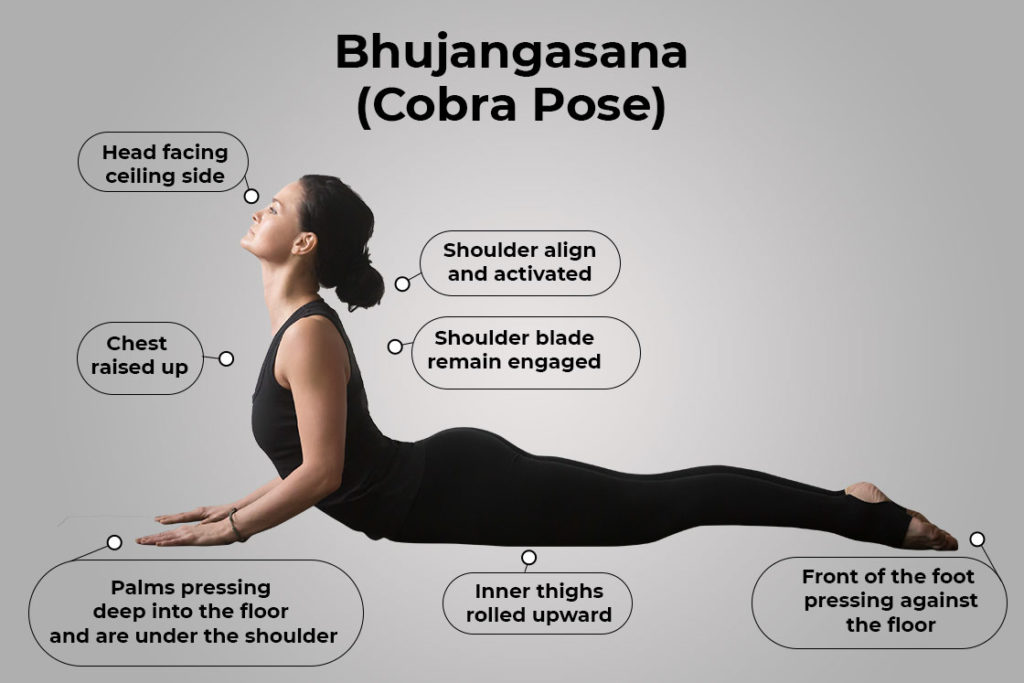
The cobra pose is said to be a gentle heart opener that stretches your upper body, focuses on tight shoulders, and relieves you of back pain and soreness. This pose will help you in tackling any breathing issues or sore pectoral muscles with the upper body stretch.
It also lengthens your spine and corrects your posture.
How to Do:
- Lie down on your stomach and place your forearms beside your ribs. Keep your legs hip-width apart or joined together.
- Bring your hands below your shoulders and spread your fingers to create firm support and spread the weight evenly.
- By putting pressure on your hands, lift your head and your chest upwards while keeping your pelvis and legs on the mat.
- Keep your shoulder away from your ears and shoulders blades pressed towards the back. Your arms should be relaxed yet firmly supporting your upper body weight with a slight bend in your elbows.
- Stay in this pose for 10-15 seconds and gently come back to rest your body on the mat.
An alternative to this pose is the Sphinx pose where your forearms are laid on the mat and your shoulders are stacked on top of the elbows. While lifting your chest, your forearms support your upper body weight. And you lift only your upper chest while your body below the abdomen remains on the mat.
6. Triangle Pose (Utthita Trikonasana)
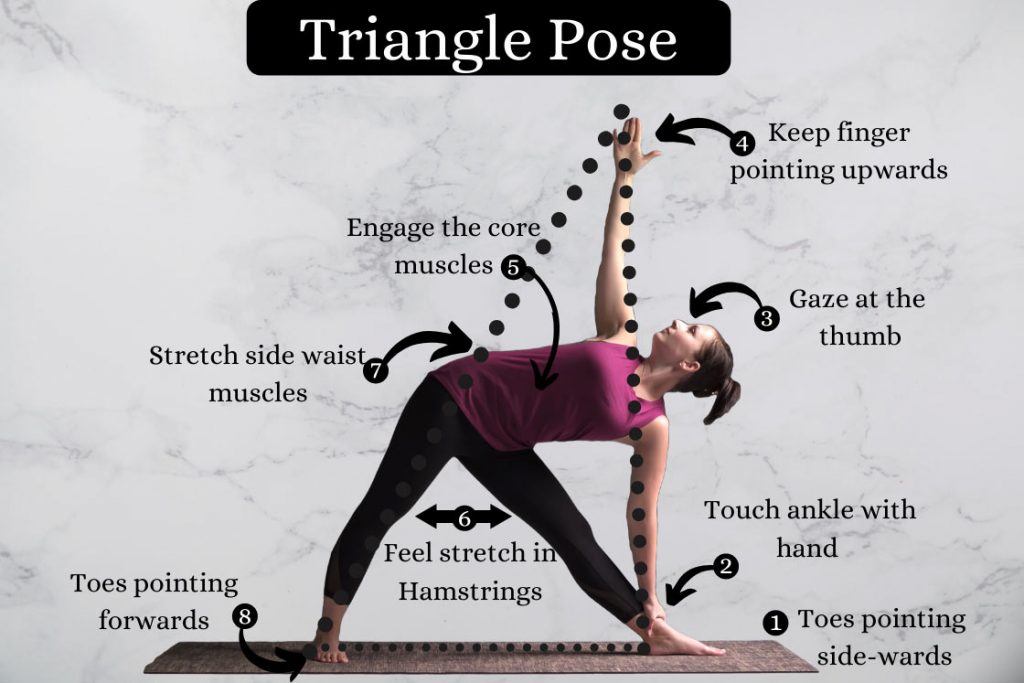
The triangle pose not only focuses on stretching the front of your chest but also the side-chest. It is also helpful in releasing tightness from the shoulders and chest muscles, hamstrings, groins, and hips. This pose is also beneficial to enhance your balance and flexibility.
How to Do:
- Stand in Tadasana (Mountain Pose) and spread your feet 3-4 feet apart on the side.
- Your left foot should be turned diagonally and your right foot should be pointing towards the shorter end of the mat. The heels of your feet should be aligned.
- Spread your arms to the side with your palms facing down. They should be parallel to the ground and your shoulders should be away from your ears.
- Start bending down towards your right foot from your hips joint, bringing your right arm down with you. Bend till your fingers touch your feet. You have an option to bring your arm completely the mat, to your ankle, or to your shin. You can also use a yoga block at its highest side to rest your right hand.
- Your arms should be in a straight line with your left-hand fingers pointed towards the ceiling.
- Turn your head to gaze at your left fingers.
Hold this pose for 15 seconds and repeat the same with the other leg.
7. Corpse Pose (Savasana)
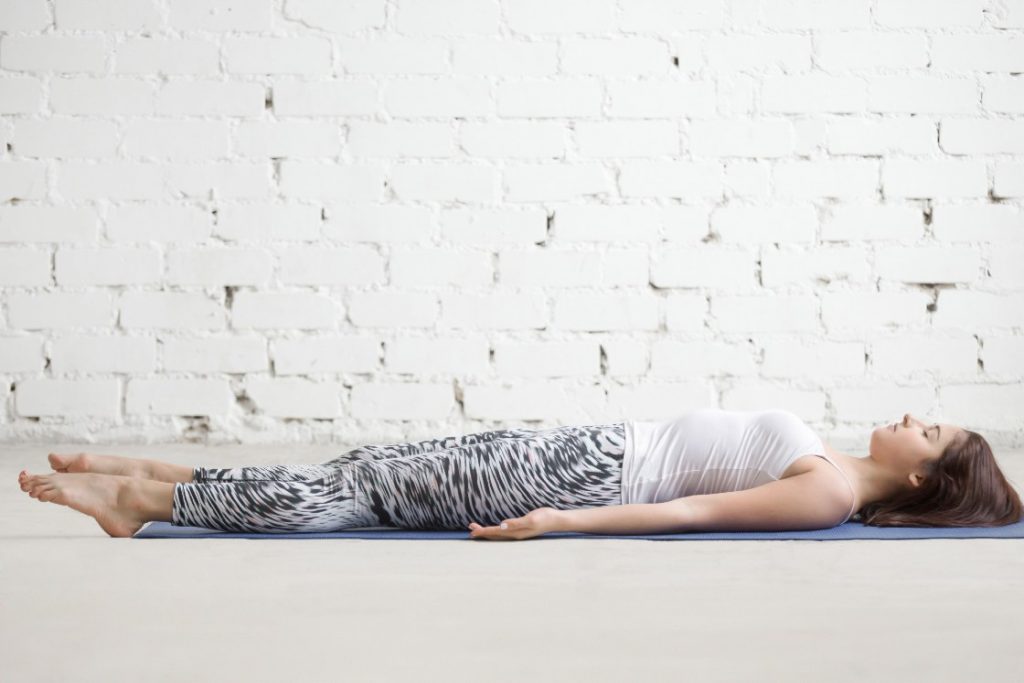
If you’re performing a yoga sequence or practising yoga poses of your choice, it goes without saying that you end your practice session with the savasana.
You not only get the needed rest at the end of every yoga session but since you are lying on your back, your heart is open to the skies. You are lying in a relaxed position and ready to let go of all the stress, tension, anxiety, fear, sadness, and grief that you have let loose by performing the chest opening poses. All the emotional blockages can be cleared away to make way for acceptance, gratitude, love, self-esteem, happiness, joy, and compassion to seep in.
To make it more restorative, you can use props such as blankets, yoga blocks, or cushions to support your legs, upper back, and head.
For this pose, you need to lie down on the mat with your feet together.
You can place your arms beside you, on top of your abdomen or chest, or spread to the side, with palms up.
If you want o open up your chest, you can stretch your arms above your head but not so much that you forget the relaxing aspect of this pose.
Benefits of Heart Opening Yoga Poses
You’ve read why these poses are important and you’ve also gone through some easy and effective heart-opening poses. Now let’s look at some of the benefits of performing these heart and chest openers.
- They are extremely beneficial in lengthening and strengthening your spine. It promotes flexibility and decompression of the spine as well.
- It expands the rib cage, giving more room for the lungs to work with enhanced capacity and heart to function optimally.
- The expansion also leads to giving space to the diaphragm to expand and contract when breathing. This also ensures that you are able to breathe well and keep you away from breathing-related issues.
- Most backbends also work on other areas surrounding the chest like shoulders, neck, abdomen, lower back, etc. Thus it promotes overall health improvement.
- It also promotes improved circulation of blood and oxygen to all the organs.
- By stretching and strengthening your spine and back muscles, your posture also gets improved.
- Since you keep sitting hunches in front of the laptop for long hours, a powerful backbend will help you counter the effects of one-sided mobility.
- These poses also stimulate your heart chakra and help in releasing blocked negative energy and emotions. With a clean and revived energy, you are ready to receive happiness and positive energy from everyone.
- It also helps in increasing your confidence, self-esteem, self-love, and developing better relationships with your loved ones.
Conclusion
Now you know how to counter the effects of back pains and strains caused due to overworking and sitting in front of your desks. Practicing these poses will not give you physical benefits but also work on reviving your heart chakra energy and enhancing your emotional well-being as well.
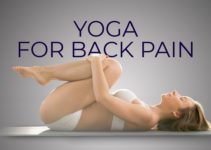
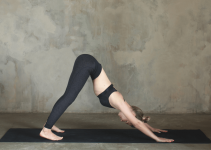
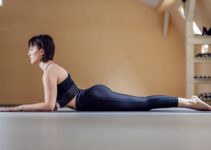
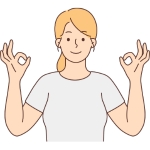
 Oct 27th to 2nd Nov
Oct 27th to 2nd Nov Learn Mudras
Learn Mudras  Deepen Your Practice
Deepen Your Practice  Find Inner Peace
Find Inner Peace